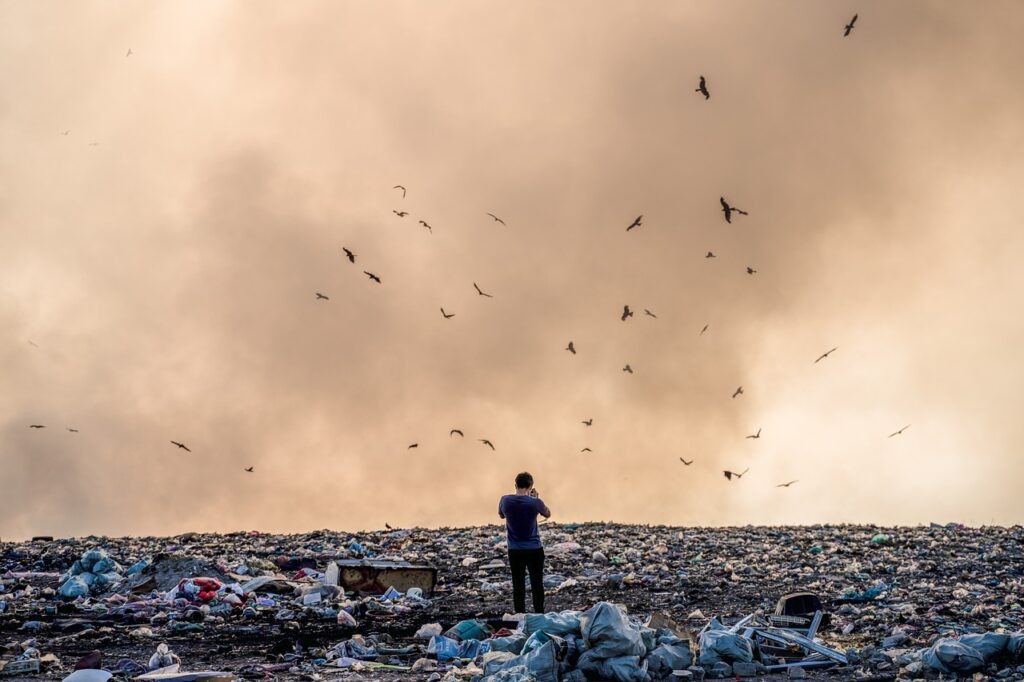
Plastic plays a significant role in development since it has multiple utilities in food packaging, medical devices, electronics, and construction materials. However, it is rapidly declining the naturalness of all the environmental compartments and adversely affecting living organisms. The disposal of plastic in the environment is a global concern since it takes hundreds of years to degrade completely. Therefore it is crucial to address the concern to make plastic a sustainable and valuable resource for the future. To beat plastic pollution there are a few innovative strategies and approaches based on current scientific innovations.
1. Increasing degradation rates
There are several innovative methods available to degrade plastic faster than natural decomposition. Plastics degrade very slowly in nature since it has multiple limiting steps including photodegradation, thermo-oxidation, hydrolysis, and biodegradation. Ultraviolet light, temperature, and oxygen are the rate-limiting factors of plastic degradation. In nature, sunlight provides activation energy for the oxidization of polymer which makes the plastic brittle. Further, it breaks down into smaller pieces with the help of mechanical shearing force. These small pieces are persistent for a longer period and are slowly degraded by a few consortiums of microorganisms. The entire process is very slow and the estimated half-life is ranging from 58 years (bottles) to 1200 years (pipes). If plastic waste enters water bodies it is further difficult to degrade due to low temperatures, limited oxygen, and sunlight availability.
The extent of plastic degradation can be improved by optimizing the conditions under a controlled environment. For example, recently identified PETase enzymes could degrade plastic bottles six times faster than natural decomposition under controlled conditions.
2. Incubation and extension of innovations and practice
There are several innovative ways to reduce, refuse, reuse, and recycle plastics. To beat plastic pollution, the effective implementation of these innovations is highly crucial. However, very few innovations are effectively implemented and adopted globally. Currently, about 10% of total plastic waste is recycled or incinerated and the rest is dumped in the environment. Therefore, incubation and extension of the innovation are crucial to managing plastic waste effectively. In addition, awareness and willing participation of the public and stakeholders can beat plastic pollution.
3. Increasing the recycling rates
Accumulation of plastic waste can be minimizable by increasing recycling rates. Recycling plastics turns waste into a new product. This is achievable by adopting advanced recycling technologies and by improving markets for recycled plastics. However, the majority of microplastic is not recyclable. Therefore, microplastic has a major concern since it has the potential to destroy the naturalness of the environment.
4. Reducing the use
Plastic-free environments can not be possible in this developing and transition era. However, plastic use can be minimizable by adopting and promoting reusable things in place of single-use plastics. Examples of single-use plastics include plastic bags, straws, plastic tableware, and water bottles. Complete guidelines to choose the safest plasticware for your home could significantly reduce the impact of plastics.
5. Public awareness and participation
There are many eco-friendly products and services available in the market to reduce the pollution level. However, these products and services are slightly more expensive than conventional products. To reduce plastic pollution, more promotion and support for such businesses is essential. It can be possible through public awareness.
6. Active participation of governments and stakeholders
In addition to individual participation, there are a number of things governments and stakeholders can do to beat plastic pollution. For example, more allocation of funds for research and development of sustainable technologies, products, and resources recovery from waste. In addition, effective implementation of policies that reduce the production and use of plastic products.
Conclusion
There are several innovative ways that can beat plastic pollution. However, it can not be possible without the willing participation of the public and stakeholders. Plastic pollution can be significantly minimizable by making small changes in business and our daily life. This is achievable through awareness programs. To boost the same, this year the world is celebrating world environmental day on the same theme (#BeatPlasticPollution).

